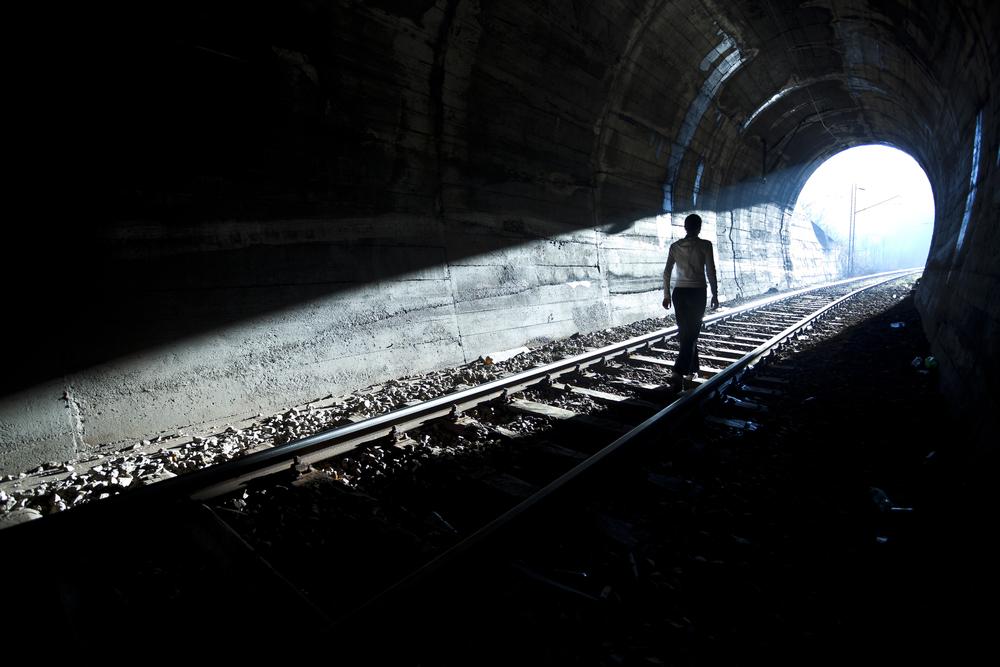DURHAM, N.C.—Grandma was just resuscitated. She wakes up and tells you a bizarre story of coming out of her body and going to heaven. Has she developed psychosis? Was her brain damaged from the lack of oxygen?
After over 30 years of research, scientists have concluded that this is not the case. Instead, they think that this phenomenon is something today’s science is yet to understand, and that it is an opportunity for the advancement of science.


